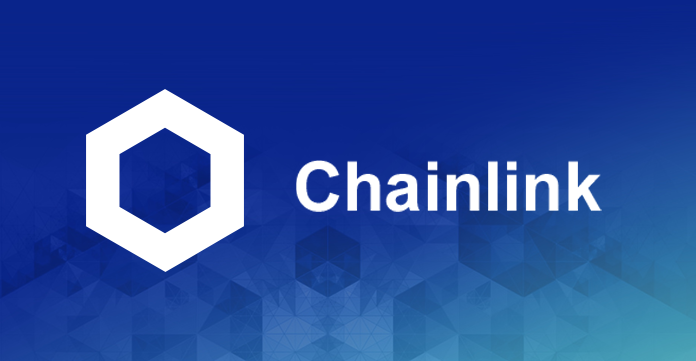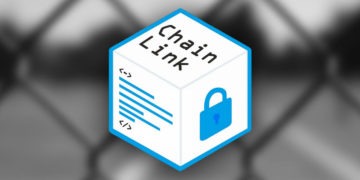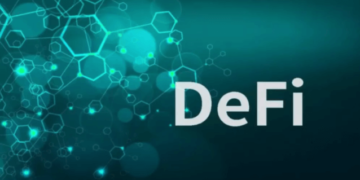LINK brings verifiable randomness to the Ethereum mainnet and the VRF will now provide a decentralized source of randomness for the decentralized ecosystem of the project. In today’s chainlink news, we find out more about it.
A trusted source of randomness is key for many applications such as those in the gambling and gaming industries. Chainlink’s co-founder Sergey Nazarov said that many blockchains beyond Ethereum like Matic Network are interested in deploying the project’s VRF which LINK brings:
“I know that we have anywhere between 10 and 20 users announced as already using it from the time it was in testnet only. And I know a number of people have already used it for one or two things on mainnet. And I also know that a number of the chains that we’re integrating into, interestingly enough, whether they’re gaming-focused or not, already have people lined up to use it when we’ve finalized our integration to that chain.”
A discussion about smart contract insurance with Sid Jha of @ArbolMarket, which is providing live weather insurance to various emerging markets using #chainlink oracles. One next generation idea is the use of insurance premiums for collateral within #DeFi.https://t.co/1UvQNx4Nde
— Sergey Nazarov (@SergeyNazarov) October 21, 2020
As with the functions’ testnet deployment, the first use case for the VRF on the ETH mainnet is a gamified application that will incentivize users to save more money called PoolTogether. The co-founder Leighton Cusack shares his thoughts on the importance of having a trusted source of randomness:
“The V3 PoolTogether Protocol creates a true “money lego” for no loss prize games. An essential component of this is generating randomness. Using Chainlink VRF lets us move away from a less secure and centralized system to a decentralized one.”
VRV is a very intensive application which is more costly in terms of ETH fees than regulator chainlink oracles. According to Nazarov, the team was working on VRF for a few years now and noted that a lot has changed in the landscape since then:
“But then the gas price dynamics were very different and there were a lot more games on Ethereum. So interestingly enough, I think what’s going to happen with Chainlink VRF, it’s now going to successfully launch with a number of users on Ethereum mainnet. But those are the users that are still on Ethereum for gaming. And many users for gaming have now started to move to other more gaming-specific, which is then also where we’ll have Chainlink VRF soon as well.”
The integration with other EVM-compatible blockchains is pretty simple for Chainlink’s VRF according to Nazarov. At the moment, many of these already employ reliable methods of generating randomness and are not really keen on going through hurdles of adopting a decentralized alternative:
“Once in a while in the gaming industry, you see these kind of flashes of concern from users, you see some gaming sites somewhere frontrunning users from inside the gaming site, or you see a scandal with some gambling thing that’s regulated but some employee still was playing the game and they still were able to win against other players.”
DC Forecasts is a leader in many crypto news categories, striving for the highest journalistic standards and abiding by a strict set of editorial policies. If you are interested to offer your expertise or contribute to our news website, feel free to contact us at editor@dcforecasts.com






















Discussion about this post